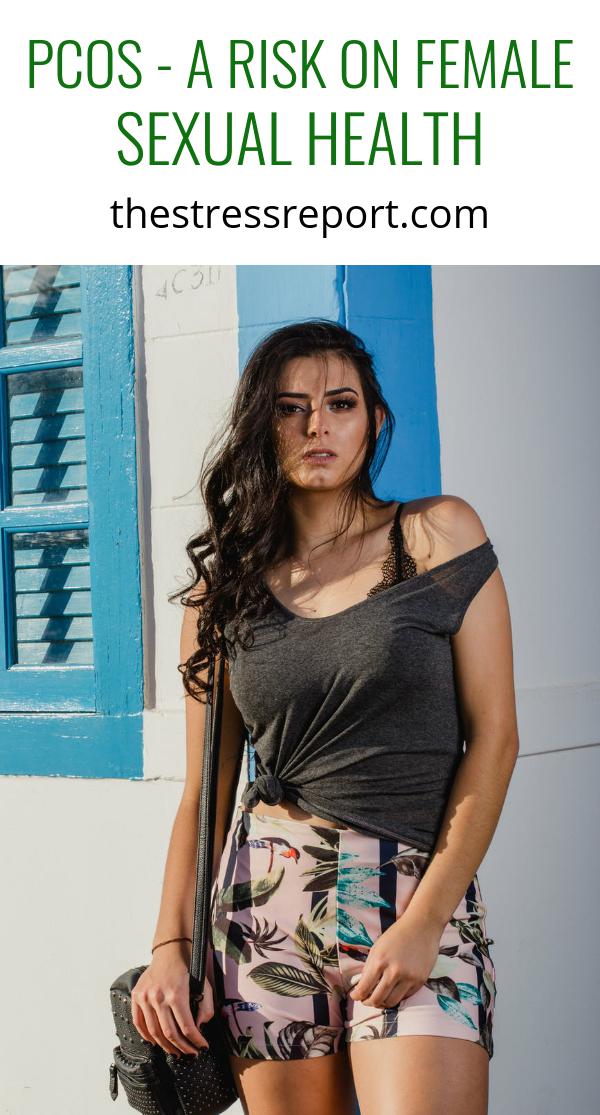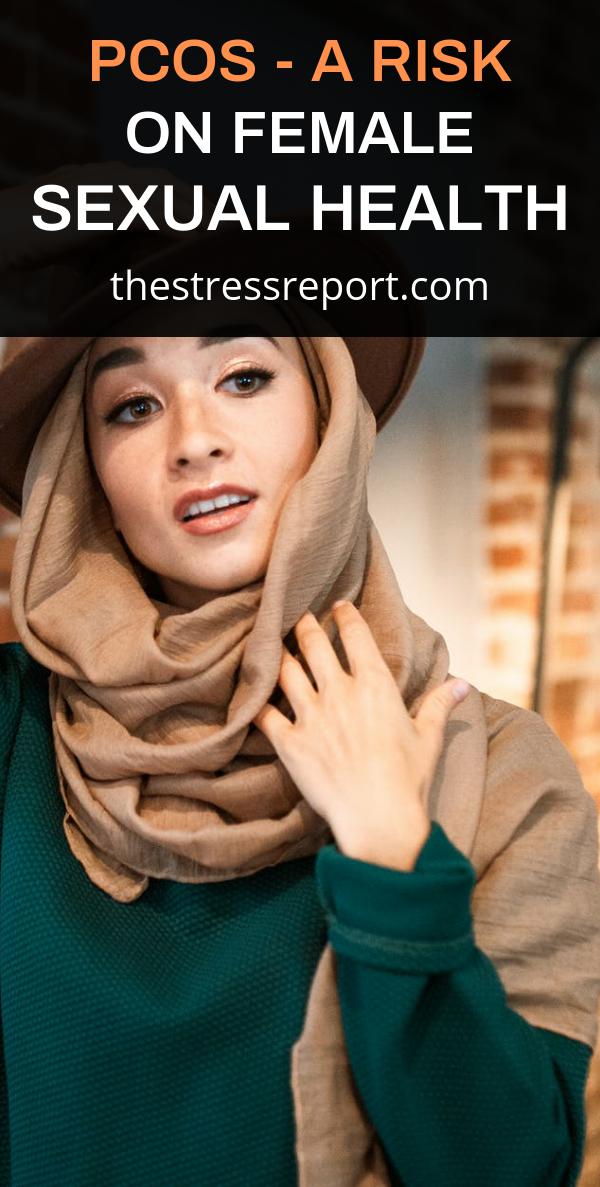Introduction Irregular periods are common occurrences for adolescent girls and young women. Some even regard it as a convenience since they do not have to bear the discomfort caused by menstrual cramps, PMS, tampons, and sanitary pads. However, irregularity in a woman’s cycle with no apparent cause is a serious threat that should be checked immediately since it can be a symptom of something worse. One such threat to female sexual health is a condition known as polycystic ovary syndrome.
Polycystic Ovary Syndrome, Defined First diagnosed in the 1930s as Stein-Leventhal Syndrome, polycystic ovary syndrome, or PCOS is a prevalent condition affecting adolescent girls and young women. No probable cause of PCOS has been identified although the condition is closely linked to hormonal imbalances in the female body. Loosely defined, PCOS is the existence of multiple cysts inside the ovary which prevents it from releasing mature eggs for ovulation. Thus, women and girls with PCOS experience irregular periods or at times, the complete lack of it.
The PCOS Cycle Although the definite cause of PCOS is yet to be identified, hormonal imbalances in the female body are said to affect the condition directly. Both male and female bodies produce sex hormones in different amounts. In females, the ovaries produce three kinds of hormones namely, progesterone, estrogen, and androgen. These hormones regulate the female cycle from ovulation to menstruation. However, in women affected by PCOS, the ovaries produce higher amounts of androgens which are sometimes referred to as ‘male hormones.’ This spike in androgen production is linked to an increase in insulin production. Research indicates that women with higher levels of insulin in their bodies tend to produce more androgens which cause the imbalance.

The imbalance caused by the excess androgens interfere in the development of the egg cells and their release. Some eggs do not mature but instead, develop into little sacs filled with a liquid called cysts. Since no eggs are released during ovulation, these cysts enlarge and build up inside the ovaries, causing missed or irregular periods.
Symptoms of PCOS Signs and symptoms of PCOS may vary from woman to woman so regular checkups with a gynecologist are a must for proper diagnosis. Below are some symptoms usually caused by PCOS:
* irregular or missed periods
* heavy periods that come more than once in a month
* obesity
* hirsutism – excess facial and body hair
* alopecia – thinning hair on the head
* thickened and dark skin on armpits, neck, and breasts
* high blood pressure, high blood sugar level, or high levels of cholesterol
* clogged pores and acne

PCOS Diagnosis and Treatment Diagnosis for PCOS usually comes in three stages in order to eliminate other probable conditions that may have caused the symptoms. First up is a discussion of medical history to determine whether there are past medical and health conditions that can be linked to PCOS. After this, a physical examination is conducted to check for symptoms like excess weight, darkened skin, and blood sugar and cholesterol levels. A gynecologic exam is done last to check for other probable infections which may have caused the symptoms.
Although there is no specific cure yet for PCOS, it is treatable. Treatment is usually done using hormonal therapy in order to balance the level of hormones in the body. Seeking treatment is important since PCOS can lead to possible infertility and sexual problems.





